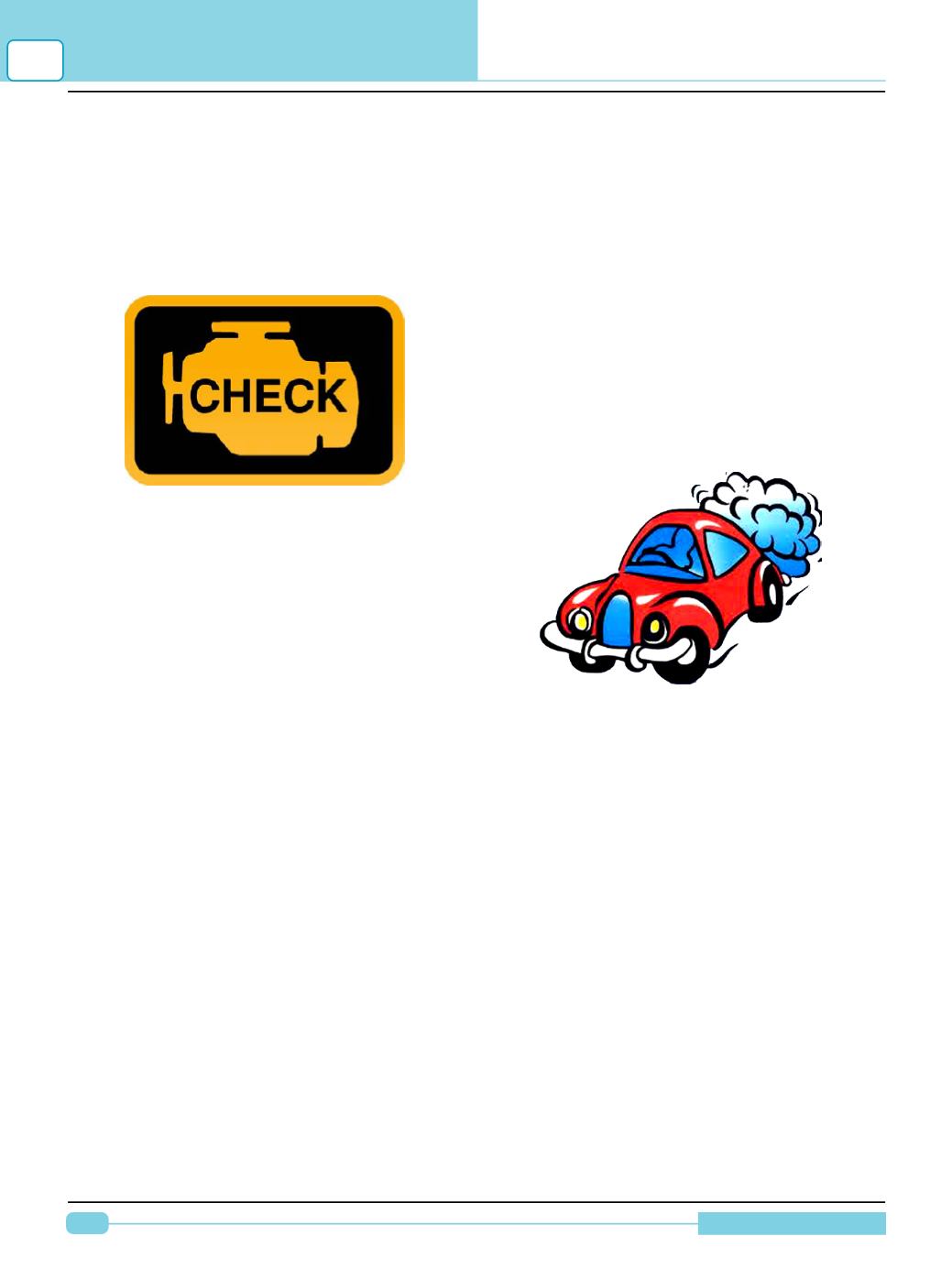

10
Diagnostic Manual
ON BOARD DIAGNOSIS (OBD)
3
ON-BOARD DIAGNOSTICS (OBD)
On-board diagnostics, or OBD, is an automotive
term referring to a vehicle's self-diagnostic and
reporting capability. OBD systems give the
vehicle owner or a technician to access the state
of health information for various vehicle sub-
systems.
As the American public began to realize that it
was time to set standards in aspiration to help
the environment, Congress passed the first Clean
Air Act in 1970 which was the foundation of the
Environmental ProtectionAgency (EPA).
In the following decades, the EPA began to set
the baseline for emissions. For example, the EPA
required all cars to have catalytic converter by
1975. Most automotive manufacturers started to
install computer systems and data-logging
sensors to help control the emissions. In aid to
these systems, manufacturers also introduced
electronically controlled fuel injection and ignition
systems. These systems were introduced to help
maximize engine efficiency and performance
On-Board Diagnostic (OBD) systems are present
in most cars and light trucks on the road today.
The amount of diagnostic information available
via OBD has increased since the introduction of
on-board vehicle controllers in the early 1980s.
Modern OBD uses various communication
protocols to provide real-time data and a stand-
ardized diagnostic trouble codes (DTC’s), which
identifies malfunctions within the vehicle. In the
1970s and early 1980s, advanced countries
manufacturers began using electronic means to
control engine functions and diagnose engine
problems. Through the years, on-board
diagnostic systems have become more
sophisticated. OBD provides almost complete
engine control and also monitors parts of the
chassis, body, accessories and controller area
network (CAN) as well.
Evolution of On-Board Diagnostic :
In the early ‘60s, the state of California in USA
mandated laws that required emission control
systems to be in cars to help reduce the smog
problem. Once the Government understand, they
expanded the idea so the whole country would
have to require OBD (on-board diagnostics) by
1968. Since then the future of vehicle repair has
changed for the better.
while maintaining minimum emissions.
In 1982, the EPA mandated that all cars should
be produced with engine monitoring systems.
These systems were used to monitor the engine
controls and sensors. If a problem is picked up
by the monitoring system, a check engine light
within the dash would illuminate. Abenefit of this
system is that auto manufacturers could consti-
tute their own communications guidelines and
error code definitions. A common way to retrieve
these codes was to count the number of blinks
the check engine light made.
In US, on-board diagnostics (OBD) was intro-
duced in 1985. OBD was formulated to revolu-
tionize the monitoring systems used beforehand.
Eventually most cars and light trucks were
equipped with this new system by 1988. The So-
ciety of Automotive Engineers (SAE) designed a
standard connector plug also know as a Data Link
Connector (DLC) as well a set of test signals to

















